NEW Glue Pulling Systems- In Stock!
NEW Glue Pulling Systems- In Stock!
BODYSHOP
WORKSHOP
WELDING
TOOLS
SAFETY
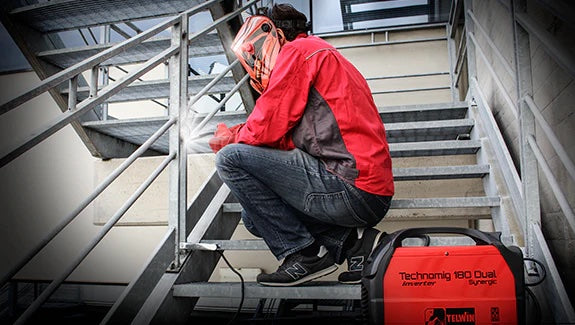
What is an Inverter MIG Welder?
July 15, 2023 6 min read 4 Comments
An Inverter MIG welder is an electronic piece of equipment that converts AC Input to a stable DC Output. A wire feed motor with a continuous welding wire is connected to this output via a welding torch, to enable consistent blowing of the wire when shorted to the workpiece.
How does an Inerter MIG welder work?
Inverters use a system of hi-speed switches to facilitate voltage regulation.
The inverter works by increasing the frequency of the power supply from 50-60Hz AC (High Volts Low Amps) to 10000 - 20000 Hz AC (Low Volts High Amps). It then pushes this Low Volts High Amps through a small transformer and finally through another rectifier to convert back to welding DC.
Think of an electrical sinusoidal wave as a heat pulse, conventional transformer MIGs use 50Hz (pulses) per second, therefore the transformer needs to be larger in size compared to an inverter transformer receiving 20000Hz per second. This high frequency enables smaller transformer windings compared to normal welders.
The high frequency switching in the inverter module can be done by either MOSFETS (metal-oxide semiconductor field effect transistors) or preferably IGBTs (insulated-gate bipolar transistor).

Low-voltage, low-current and high switching frequencies favor MOSFETs.
High-voltage, high-current and low switching frequencies, favour IGBTs.
This makes IGBTs particularly suitable for welding equipment, and more importantly they are less vulnerable to power fluctuations. Remember, both MOSFETS and IGBTs are high speed switches, turning on, and off up to 20000 times a second, so it doesn't take much fluctuation to make them unstable. Its just IGBTs can handle it better.
WHAT ARE THE ADVANTAGES OF AN INVERTER MIG WELDER?
Inverters of many advantages over there transformer rivals, namely:
They use less electricity.
Quality Inverters have an efficiency rating of 80-90% compared to conventional transformer welders which are 50% or less. This is due to the conventional machines having larger transformers with higher internal resistances and greater heat dissipation. High frequency AC pushed into a smaller transformer dramatically raises efficiency, which lowers input current draw, reduces circuit breaker size requirements and lowers the electricity used.

They are lighter.
The Fronius Transteel 2200 weighs 15Kgs and gives an output of whilst the Parweld XTE201C weighs 42.8Kgs. Both give comparable outputs and duty and use 16Amp input supply.
More controllable.
This is where inverters really win, because they are electronic, programmes can be inputted at the factory by qualified welders, enabling fast accurate parameters for any process application. This is where the term Synergic comes from as we explain in our post What does Synergic Mean On a Welder?
Precise settingsTransformer machines can also have synergic settings though but they tend to be a lot less than available in and inverter machine.
The voltage steps are more precise between settings. A transformer machine can have 3-5v steps between each setting and some like the parweld will only have 8 settings. An Inverter meanwhile can have infinite settings all available in 0.1v steps.
Multiprocess Inverters
Inverters, due to the electronics enclosed and the ability to programme them means they can perform many different processes MIG,MMA and TIG functions more easily. Functions such as hot start ,slope and TIG mode can all be incorporated into the one system.

Short Arc or Dip Transfer Welding
Short arc or dip transfer welding is what both Inverter and transformer MIGS traditionally offer, but what is Dip Transfer Welding?
Dip Transfer Weldingis a method where a short circuit is created between the electrode and the workpiece. In this technique, the electrode is continuously in contact with the workpiece, causing small droplets of molten metal to detach from the electrode and transfer to the workpiece. The arc is then reignited, and the process repeats.
This welding method is characterized by its low heat input and relatively low deposition rates. It is commonly used for welding thin materials, as it helps minimize the risk of burn-through and distortion. Short arc or dip transfer welding produces a stable and controlled arc, making it suitable for welding in all positions.
Most inverters sold offer dip transfer or short arc welding only the same as any transformer MIG welder, the benefits though are in more controllability especially when it comes to the voltage settings and choke.
A normal transformer welder has a step switch voltage setting with (depending on the welder) 5-12 voltage steps. These steps mean t a voltage can be selected from 15v to 32v in incremental steps. each setting may have a jump of between 3-5 volts. This can be a problem sometimes if the setting your are welding is not hot enough for the task in hand but selecting the next setting with its 5v step is just too much.

An inverter welder is electronic it therefore can be adjusted if desired in 0.1v steps and so its easer to get a more precise setting for the task.
Pulsed Welding
Some Inverter welders offer Pulsed Welding but what is pulsed welding?
Pulsed welding, is a function that alternates between high and low current levels during the welding process. It involves a series of pulses where the current is increased for a short period, creating a more intense arc, and then decreased to a lower level to allow the weld pool to solidify.
One of the key advantages of pulsed welding is its ability to control the heat input and reduce the overall heat affected zone (HAZ). This makes it particularly useful when welding heat-sensitive materials or when precise control over the weld pool is required. Pulsed welding also allows for better control of the weld bead appearance and penetration.
Are INVERTER MIG Welders Better?
Yes they are, for many of the reason explained above, the only downside used to be price but as the cost of electronics comes down inverter become more affordable.
Are Cheap Inverter MIGs Worth It?
Inverters are complicated machines and some of the units from China and India when we open them up can be very scary. Unlike standard European or American Inverters the quality can be a little hit and miss, you pays your money and you takes your choice. Some Chinese manufacturers are now using European IGBTs in manufacture to increase reliability and this is a good thing, but it doesn't mean its good.
As with anything electronic good maintenance and technical support are a must when purchasing.
CAN INVERTER MIG WELDERS WORK ON A GENERATOR?
The answer is YES but ensure the welder has PFC Power Factor Correction and the generator is at least a 1/3 higher in wattage supply for the welder.
FAQs
Q1: What is the advantage of an inverter MIG welder?
A1: Inverter MIG welders come with several advantages, such as:
- Efficiency: These welders use advanced electronics (IGBT or MOSFET technology) to convert high voltage, low amperage power into a high amperage, low voltage power. This makes them very energy-efficient.
- Portability: They are significantly lighter and smaller than traditional welders, which is beneficial for those who need mobility in their work.
- Versatility: Inverter welders can work with different types of welding processes, such as MIG, TIG, and stick welding. This makes them a good choice for various applications.
- Precise control:They provide improved control of the arc and welding pool, offering smoother and cleaner welds.
Q2:What is the difference between an inverter welder and a regular welder?
Inverter welders and traditional (transformer-based) welders differ in several ways:
- Size and weight: Traditional welders are bulky and heavy due to the presence of a large transformer, while inverter welders are compact and lightweight.
- Power usage: Traditional welders run on an AC power source, while inverter welders convert AC to DC, allowing them to use less energy and provide more power output.
- Control and versatility: Inverter welders offer more control over the welding process and can handle multiple types of welding, unlike traditional welders.
Q3: What is the difference between an inverter and non-inverter MIG welder?
The key difference between an inverter and non-inverter MIG welder lies in their internal workings:
- Power conversion: Inverter MIG welders convert their AC power to DC electronically, meaning a higher voltage can be put into a smaller transformer than a traditional transformer MIG.
- Versatility: Inverter MIG welders can also be used for TIG and stick welding, which isn't the case with transformer MIG welders.
-
Controllability: Inverter welders have finer voltage controls compared to transformer MIG welders
The same as any transformer MIG welder and more! Inverter welders are versatile tools, so you can weld a broad range of materials, including but not limited to:
- Steel
- Stainless Steel
- Aluminum
- Other metals, depending on the specific capabilities of your inverter welder and the type of filler material you're using.
I hope this post helps shed light on the topic of what is an inverter MIG Welder? Feel free to ask if you have any more questions about welding or inverter MIG welders.

|
Paul Jones Director BWS Ltd, CSWIP Ive been a welding engineer for over 30 years and a welding inspector for 23 years with vast experience of welding and related topics. |
4 Responses
andreas
August 26, 2024
Thanks for a great explanation. Have been searching high and low for the difference and this article sums it up just right for me.
Anonymous
January 27, 2024
Hi Rodolfo, unless its an inverter welder you cant weld MMA rods with a MIG. They are different arc characteristics. Flux wire is essentially MMA welding anyway its one continuous rod. Hope that helps
Rodolfo hodgson
January 26, 2024
I have a awt 140 welder how can I weld with a rod after using Flux wire
Leave a comment
Comments will be approved before showing up.


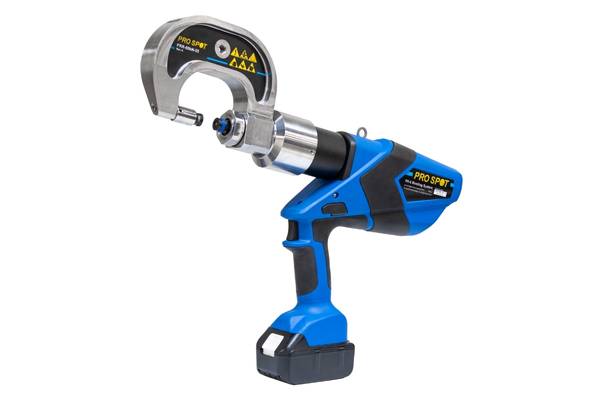
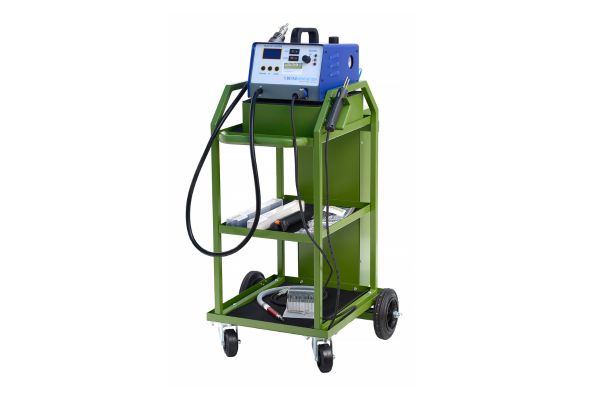
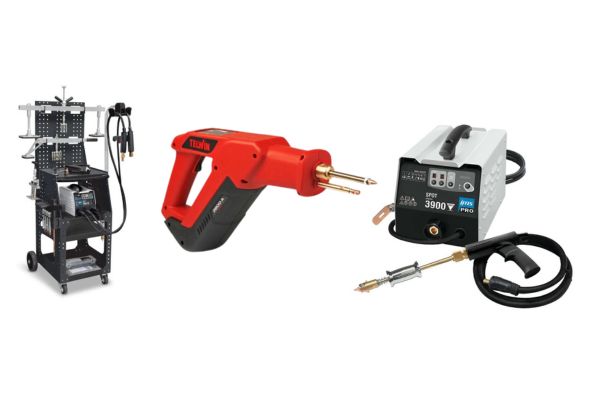
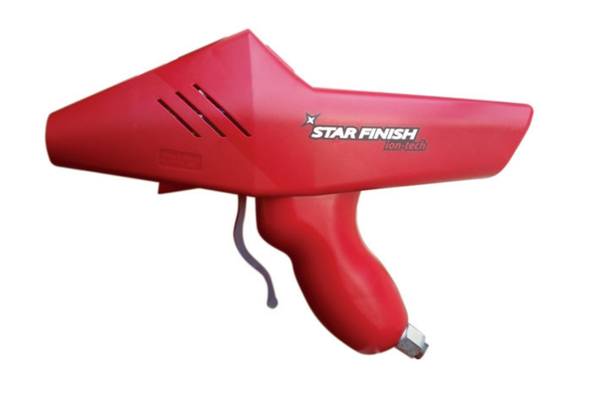
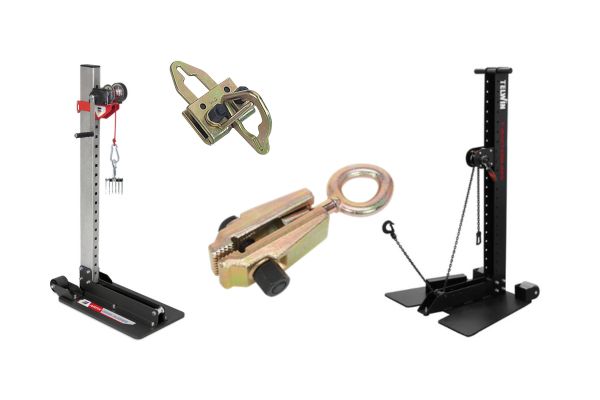
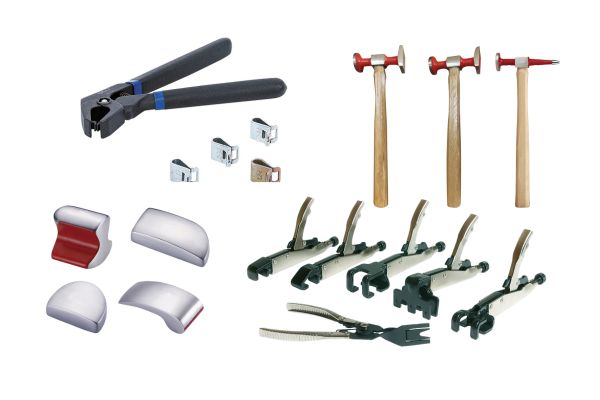
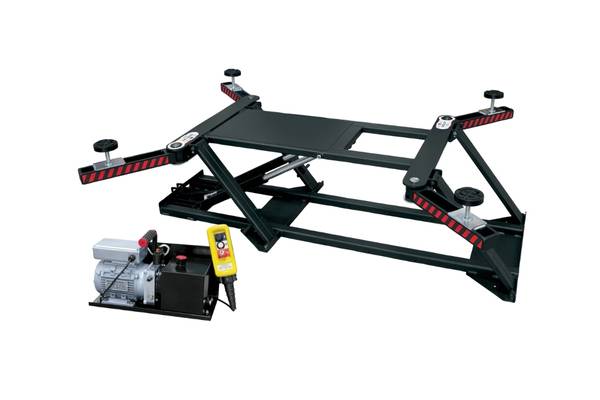
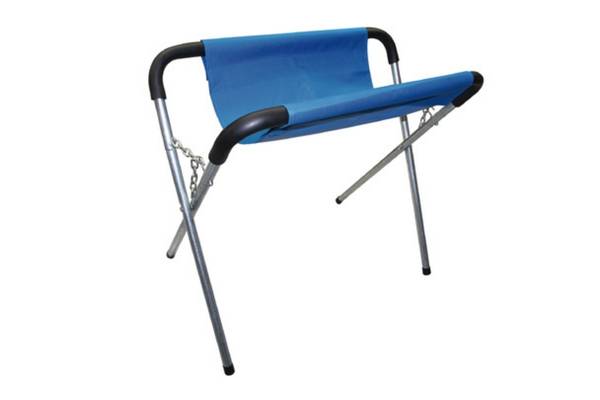
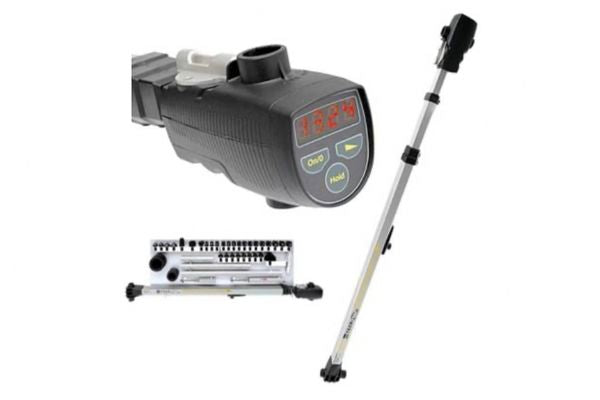
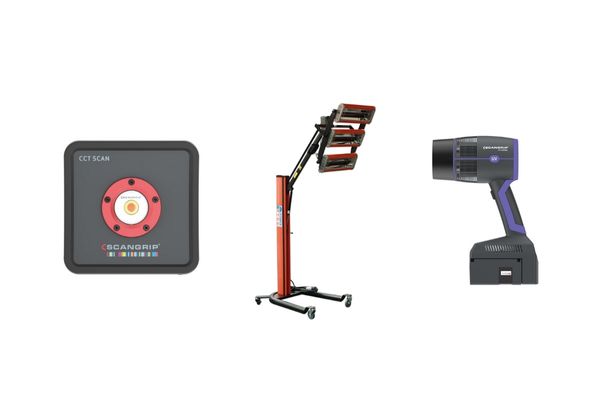
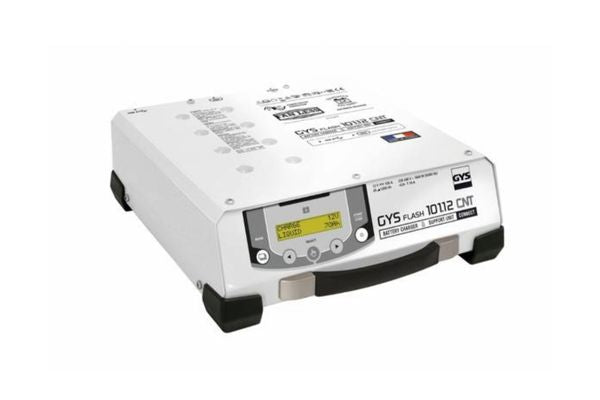
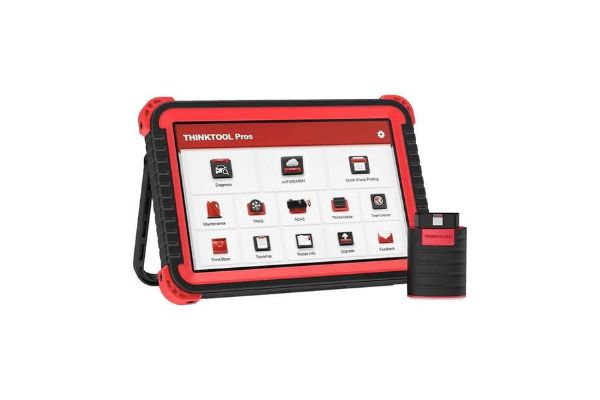
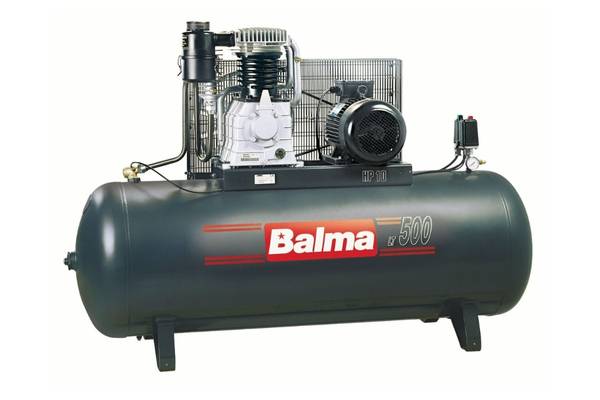
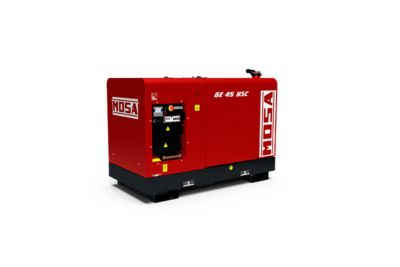
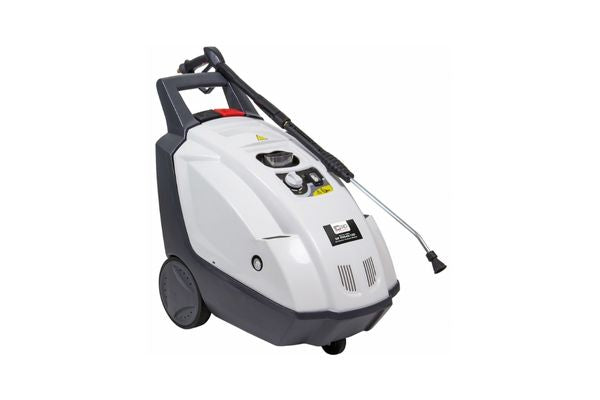
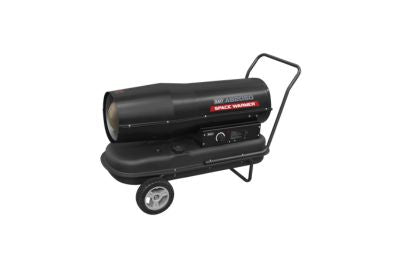
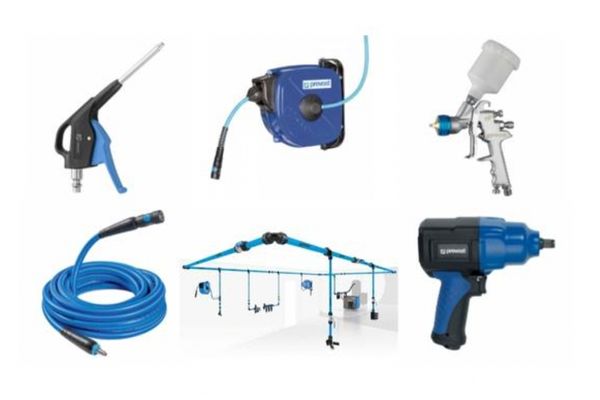
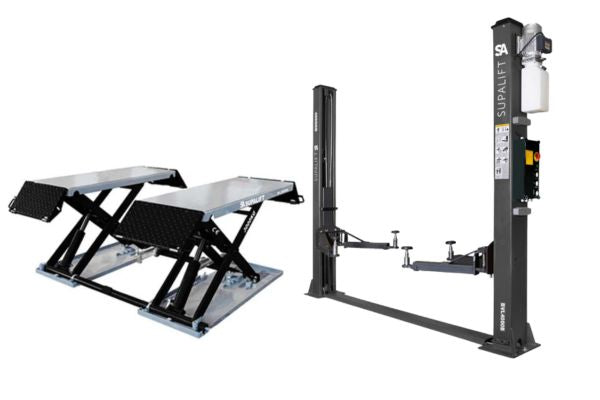
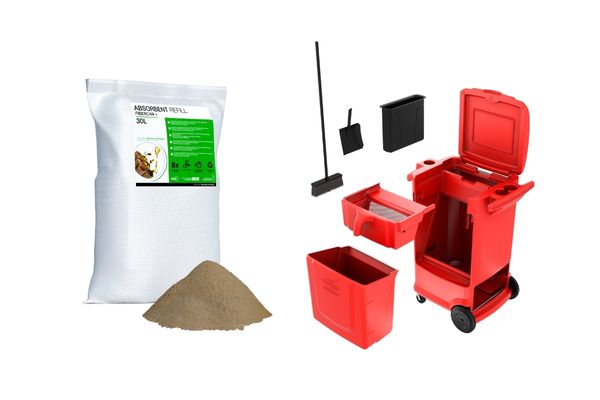
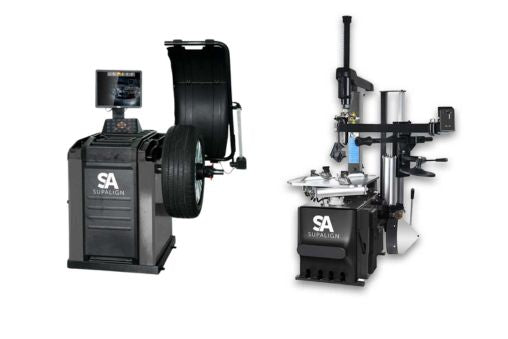
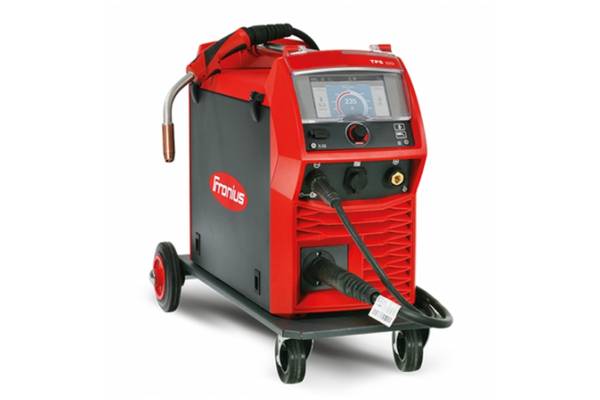
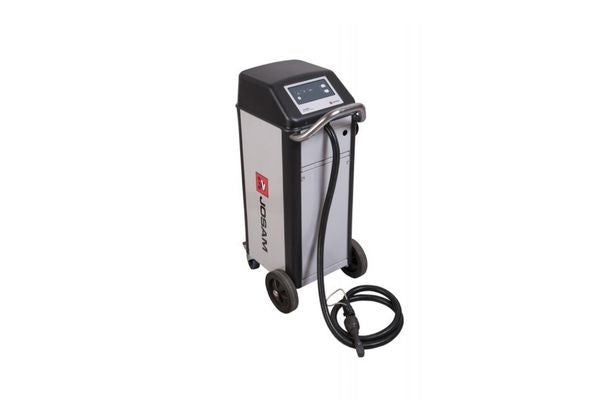
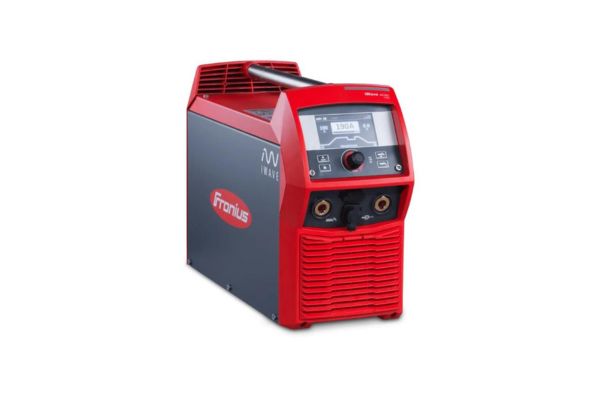
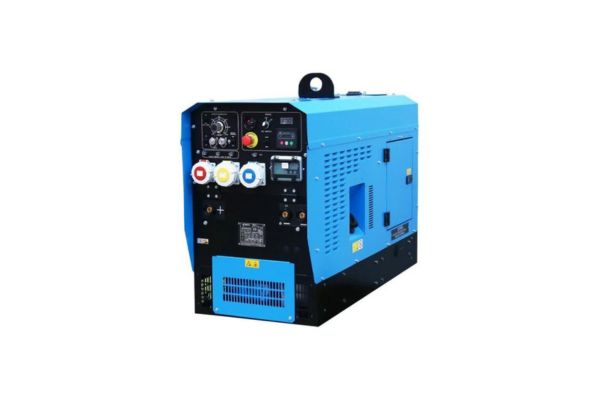
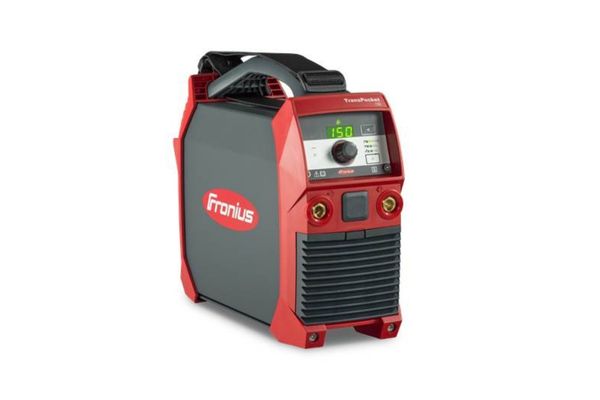
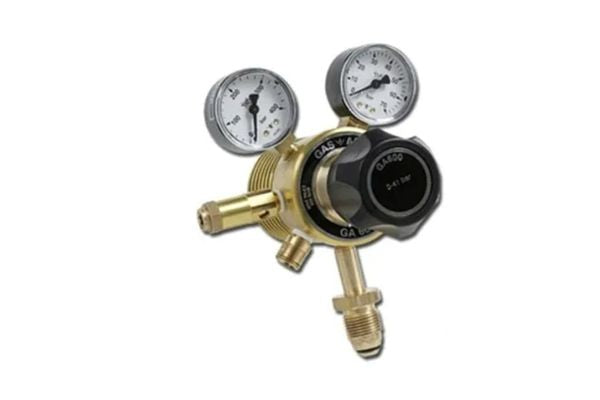
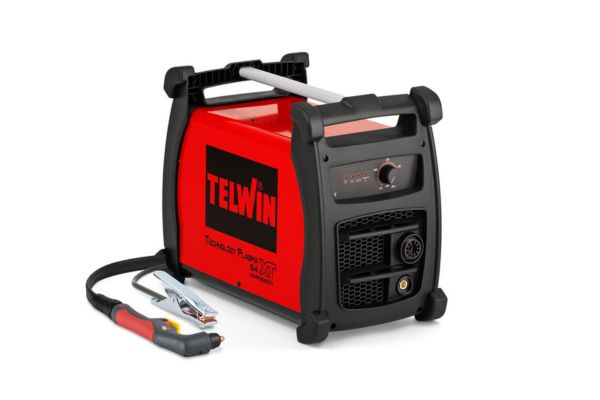
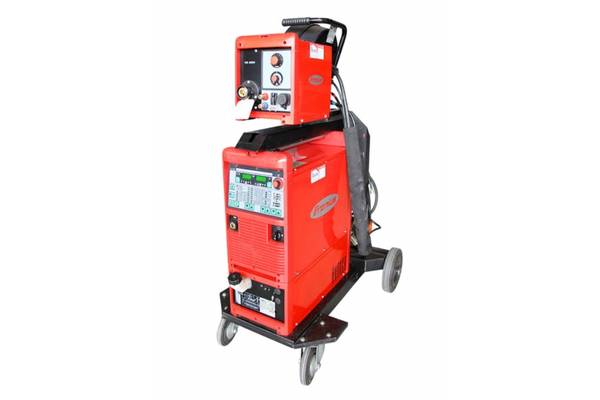
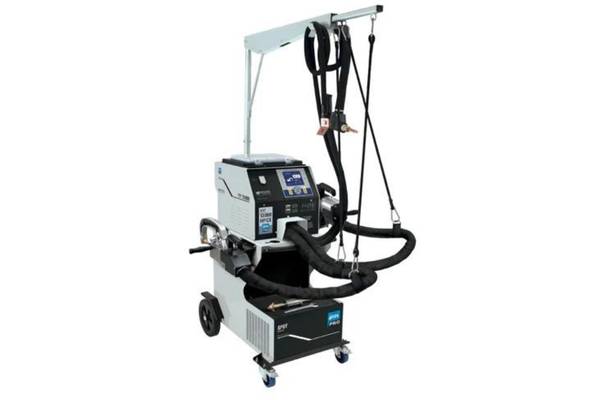
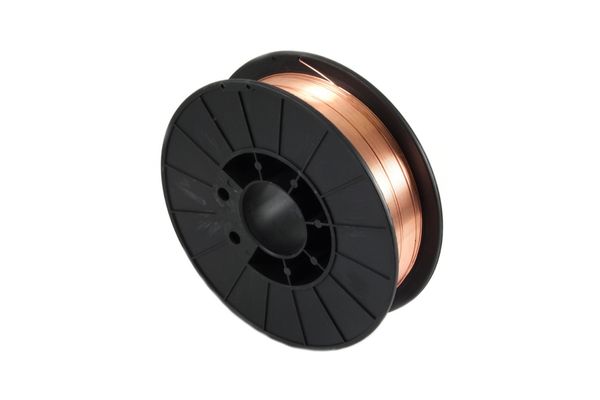
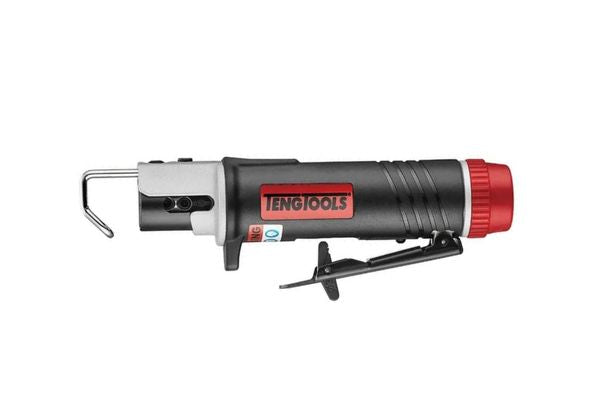
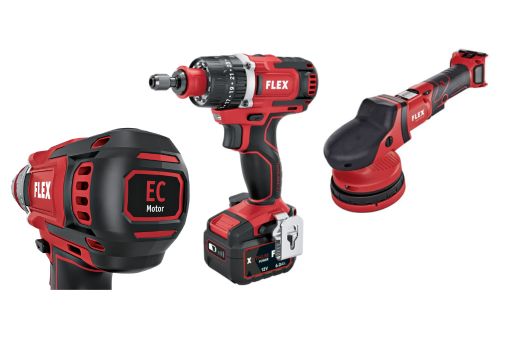
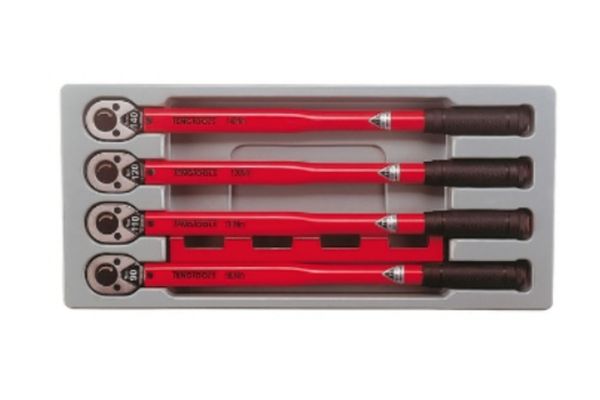
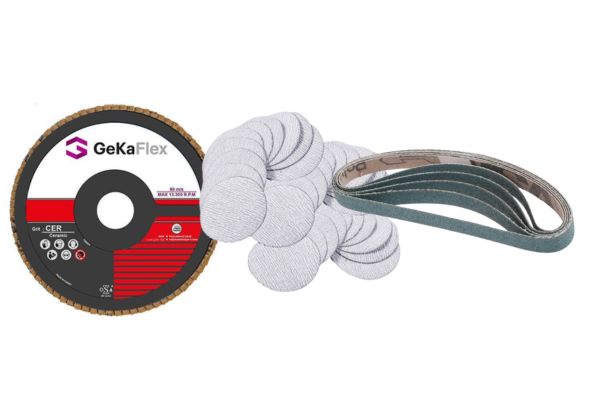
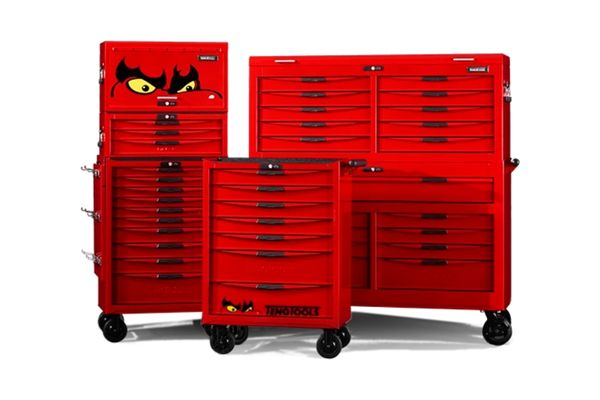
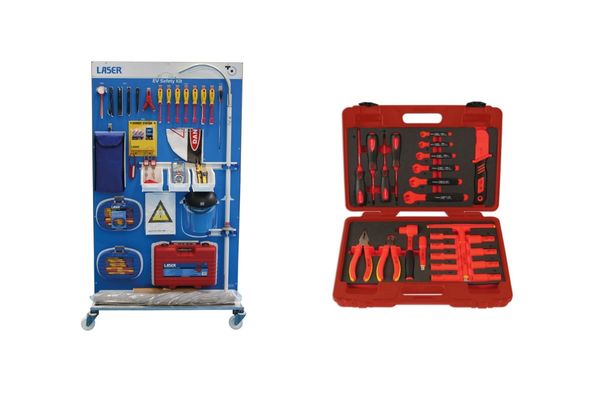
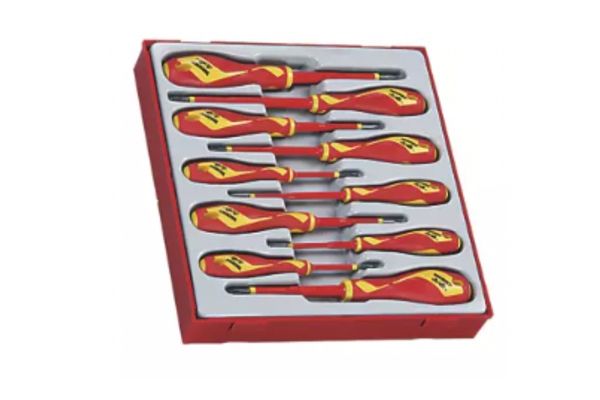
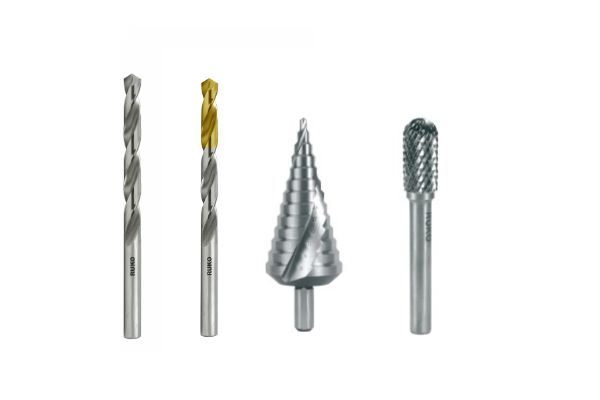
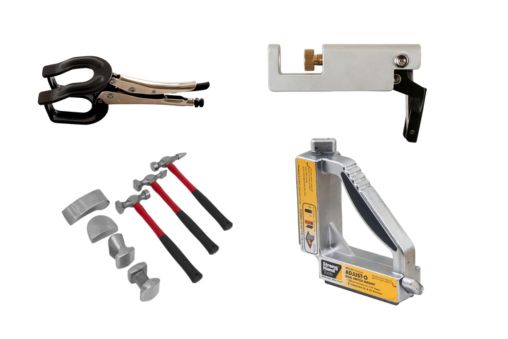
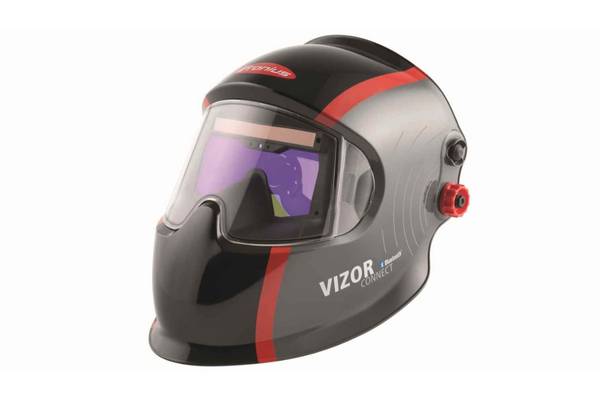
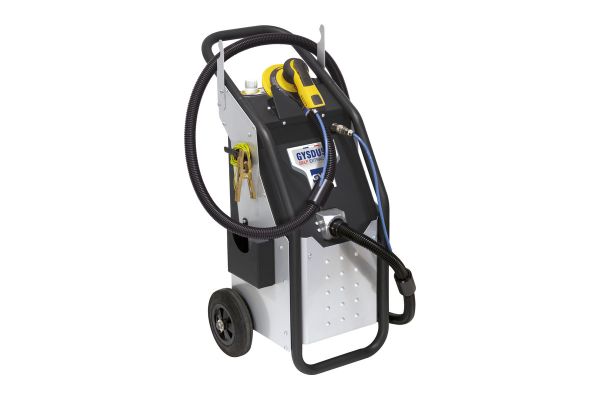
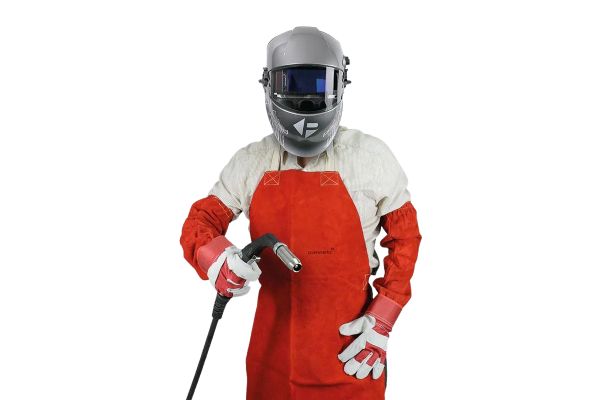
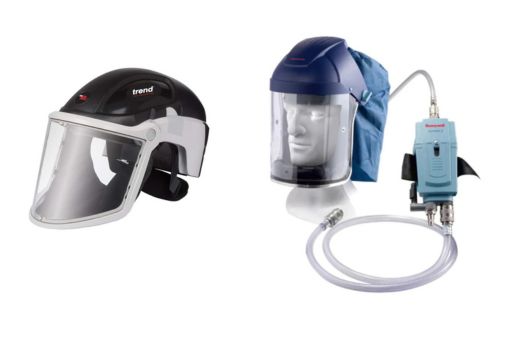
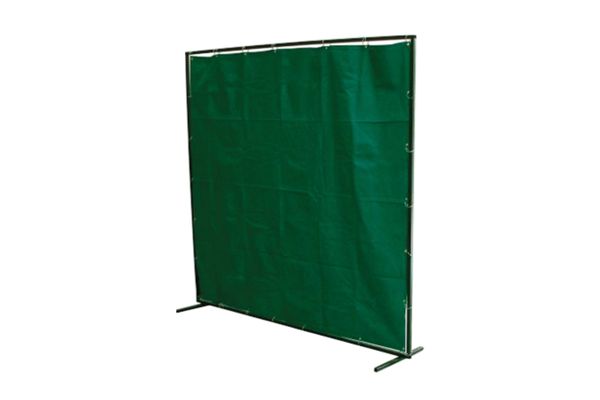
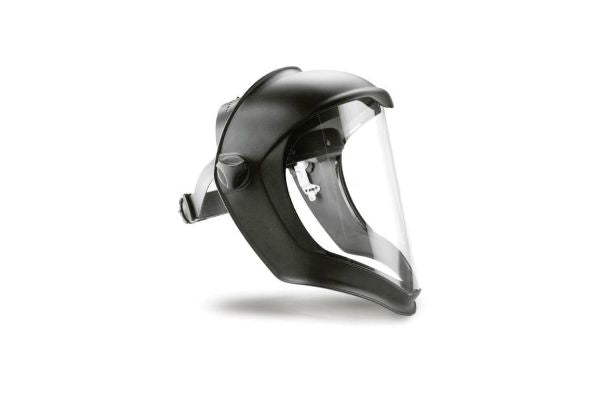
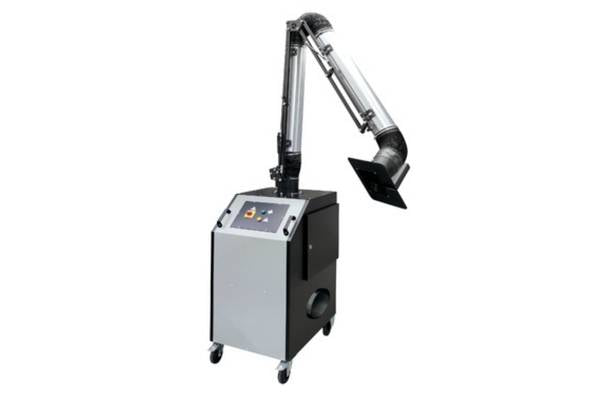
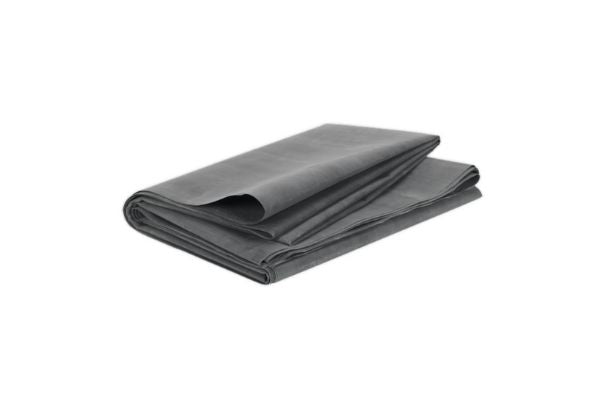
Daniel
September 21, 2024
Hi,
I’m new here, hello everyone.
I’m on 3kw off-grid solar energy as my primary source of electricity.
I urgently need a portable welding machine.
Can anyone here please recommend a suitable inverter welders I can use?
Thank you.